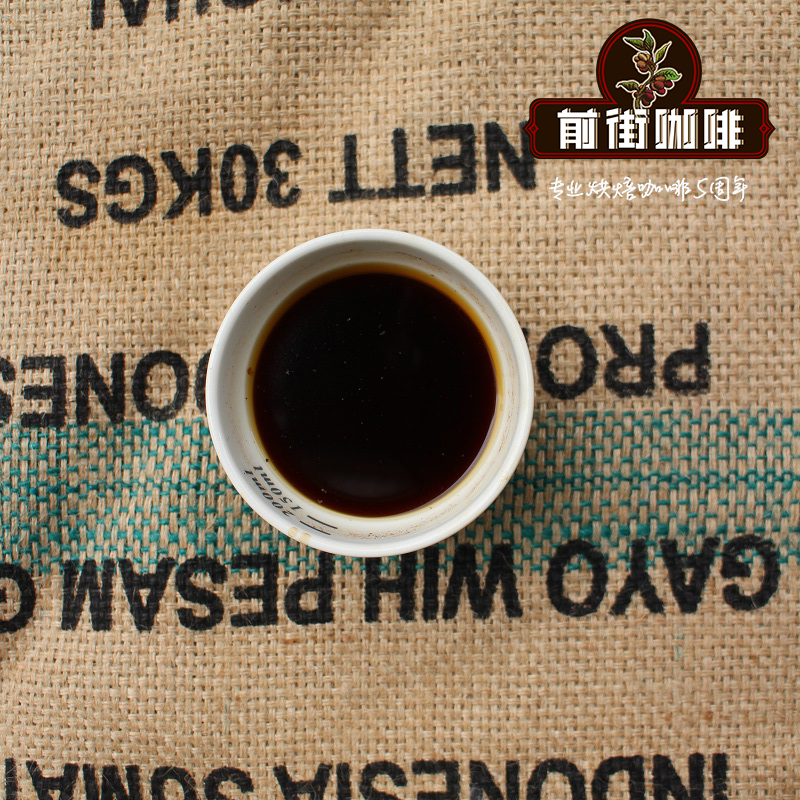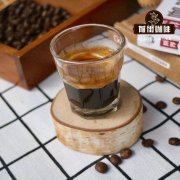What's the difference between Sumatra's unique wet planing and wet treatment?

Professional coffee knowledge exchange More coffee bean information Please pay attention to coffee workshop (Weixin Official Accounts cafe_style)
Is the relationship between wet planing and wet treatment "seeking common ground while reserving differences"?
In the traditional wet process, fresh coffee cherries are Pulped and left to ferment overnight in a concrete tank, where they undergo acidification and pectin decomposition. Next, the green beans with parchment are sun-dried for about 20 days until they reach a moisture content of 11%. It can then be packaged, the parchment layer peeled off, the coffee graded by density and size, and manually sorted for export.
The green beans are continuously "washed" in the parchment layer. The parchment-protected green beans themselves are placed in a relatively clean environment that stabilizes moisture, moderates temperature fluctuations around the clock, and mitigates the effects of direct sunlight.
So far,"wet planing" and "wet treatment" are basically the same.
As described above, in wet treatment, green beans in this state are usually dried to a moisture content of 11%. Green beans become known as dried green beans, and thin parchment is easily removed.
Next you'll see the different side of wet planing.
However, the effect of removing the seed shell early is that the raw dolphin will be half dried without the last two protective layers (note: coffee beans four layers: peel, pectin, seed shell, silver skin), which is equivalent to taking off clothes in the sun. Although wet planing solved the problem of drying time, the relative contamination rate of green beans by mold, fungi and yeast was also greatly increased. However, paradoxically, these factors have become the key factors to create the special aroma of Mantenin...
Another feature of wet planing is the increased probability of so-called "sheep's foot beans." Because the raw beans are still very wet at the semi-soft stage, the shell is removed by the shell peeling machine, and the fragile soft wet raw beans are very easy to crack, break or scratch the surface of the beans by mechanical force, forming the so-called sheep's foot beans and scratch beans, resulting in poor phase change of the raw beans.
END
Important Notice :
前街咖啡 FrontStreet Coffee has moved to new addredd:
FrontStreet Coffee Address: 315,Donghua East Road,GuangZhou
Tel:020 38364473
- Prev

The most common 4 kinds of treatment methods: sun, water, semi-water, honey treatment of the difference?
Coffee beans are commonly processed in four ways, namely, solarization, washing, semi-washing, honey treatment. Solarization: The cheapest, simplest, and most traditional method of processing coffee beans for strong aroma requires drying the whole coffee cherry. There are also many differences in the implementation of this process, depending on the farm
- Next

What is Japanese ice hand punch? How do you do Japanese ice hand flushing at home? Body materials need to be prepared.
Professional coffee knowledge exchange more coffee bean information please follow the coffee workshop (Wechat official account cafe_style) what is Japanese iced coffee? The method of making Japanese iced coffee is very simple, first put ice cubes in the coffee cup, and then use the common method to brew the coffee in hot water. ? Soaked coffee such as cold extract usually takes 6-12 hours to make, while Japanese iced coffee is made from
Related
- What is the meaning of lactic acid fermentation with coffee bean treatment?
- How to judge the state of foam by sound?
- How does the latte pull out the unicorn pattern? Come to get for a little trick to improve the flower pull!
- Will flower pulling affect the taste of the latte?
- Do you know the history of coffee?
- The difference between honey treatment and sun washing what is raisin honey treatment?
- What kind of milk can a novice use to make coffee foam to keep the foam longer? The correct method and skills of milking tutorial sharing
- Why do washed coffee beans taste sour? Flavor characteristics of washed Coffee
- Introduction to the skill of how to practice the size and height of water injection around the circle of hand-brewed coffee
- How do beginners practice coffee flower drawing from scratch?

